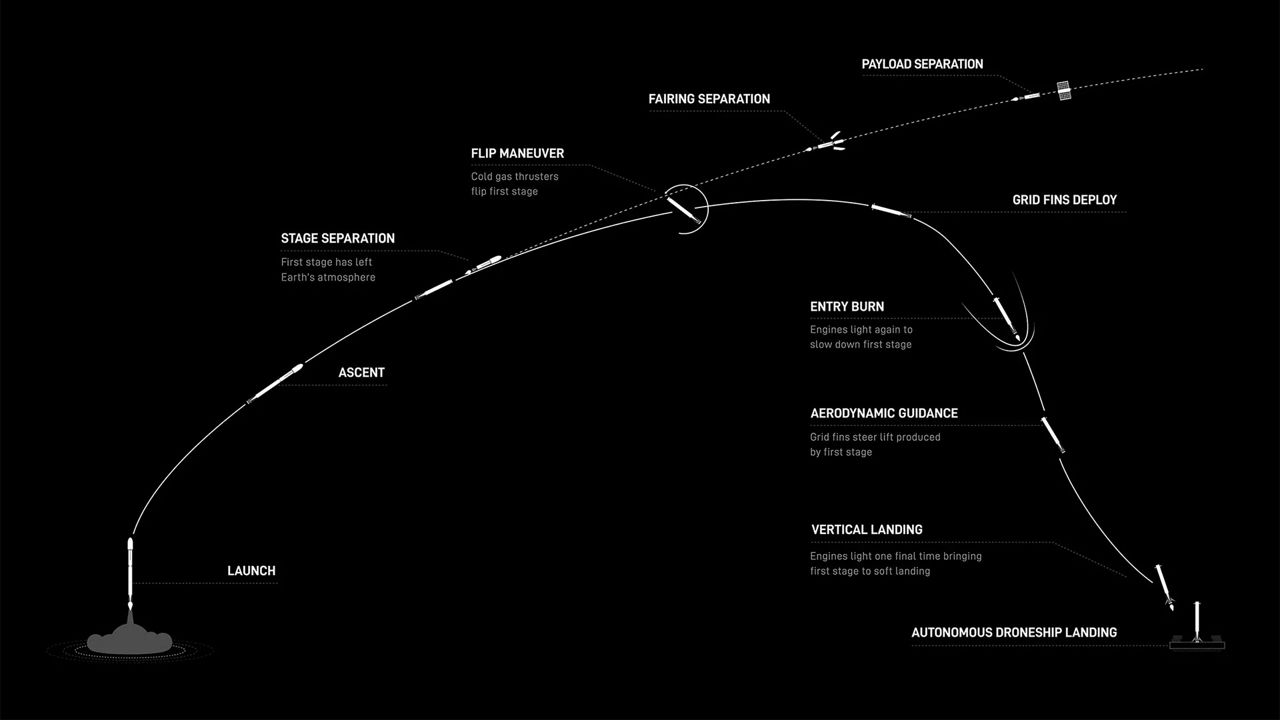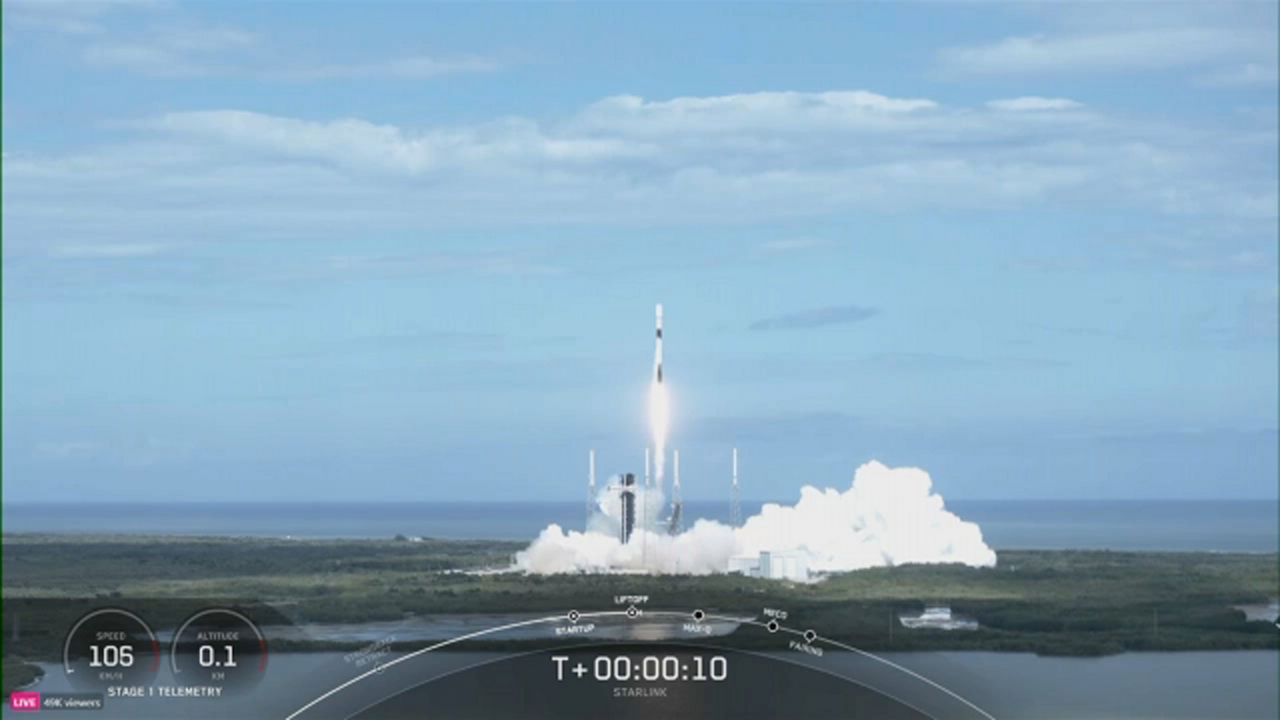CAPE CANAVERAL SPACE FORCE STATION — With more than 7,000 orbiting Earth, SpaceX successfully launched over a dozen more Starlink satellites Tuesday afternoon.
What You Need To Know
- SpaceX launched the Starlink 12-8 mission
- It took off from Space Launch Complex 40
The Falcon 9 rocket sent up Starlink 12-8 mission from Space Launch Complex 40 at Cape Canaveral Space Force Station, stated SpaceX.
Liftoff occurred at 1:53 p.m. ET. Back up opportunities were open until 3:43 p.m. ET.
The 45th Weather Squadron gave a 95% chance of good liftoff conditions for this launch, with the only concerns being the cumulus cloud rule.
Find out more about the weather criteria for a Falcon 9 launch.
Going up into the blue
This was the 18th mission for the first-stage booster, named B1077, which has sent up one crewed mission and a lot of satellites.
- Crew-5
- GPS III Space Vehicle 06
- Inmarsat I-6 F2
- CRS-28
- Intelsat G-37
- NG-20
- Optus-X
- Starlink mission 5-10
- Starlink mission 6-13
- Starlink mission 6-25
- Starlink mission 6-33
- Starlink mission 6-43
- Starlink mission 6-51
- Starlink mission 6-63
- Starlink mission 10-4
- Starlink mission 8-11
- Starlink mission 6-71
After the stage separation, the first-stage rocket is expected to land on the droneship Just Read the Instructions that will be in the Atlantic Ocean.

About the mission
The 21 satellites from the Starlink company joined the more than 7,000 that are already in low-Earth orbit.
Once deployed and in their orbit, they will provide internet service to many parts of Earth.
SpaceX owns the Starlink company.
Dr. Jonathan McDowell, of Harvard-Smithsonian Center for Astrophysics, has been documenting Starlink satellites.
Before this launch, McDowell recorded the following:
- 7,023 are in orbit
- 6,264 are in operational orbit




